The farm
Our case report started in September 2016, on a 1,200- F1 sow farm with Batallé genetics (Duroc x Landrace) located in Catalonia.

The farm works in weekly batches and rears piglets (Duroc x Landrace x Pietrain) until they reach 20 kg, so Site 1 and Site 2 are 150 meters apart from each other.
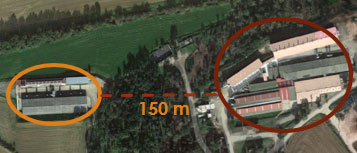
Figure 1. Bird's-eye view of the farm.
The farm is PRRS-stable and weans PRRS-negative piglets continuously. The sows receive a PRRS live vaccine, as a blanket vaccination, and erysipelas and parvovirus vaccine in each cycle. The replacements receive the same vaccination protocol, with 4 gilt introductions a year of 4- to 5-month old gilts.
The figures in the farrowing house are good: 14.5 total born, 12.47 weaned piglets/farrowing and weaning weight of 7.5 kg/piglet.
The figures regarding the gestation could be better: 89.5% fertility and 88.4% farrowing rate (FR), with a marked decrease in the FR belonging to the matings in July-August-September 2016 (Figure 2).
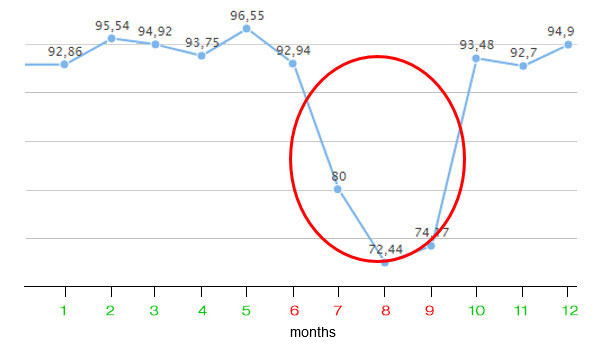
Figure 2. Farrowing rate in 2016.
It is important to mention that on this farm, the sows are housed in the stalls only during lactation and until their mating, and after that, they are group housed in pens. The feed is provided with electronic sow feeding stations or through individual dispensers in open stalls (Figure 3), based on its availability, and always with the same feeding curve (energy for maintenance + 30%) during the first third of the gestation.
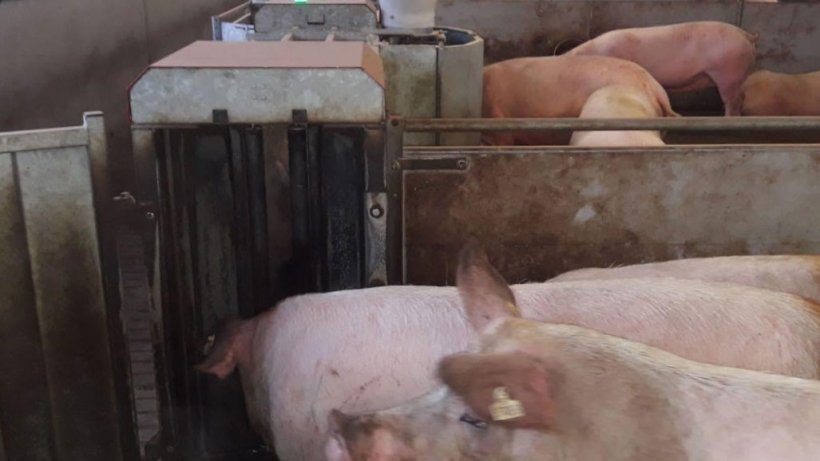
Figure 3. Individual dispensers in open stalls.
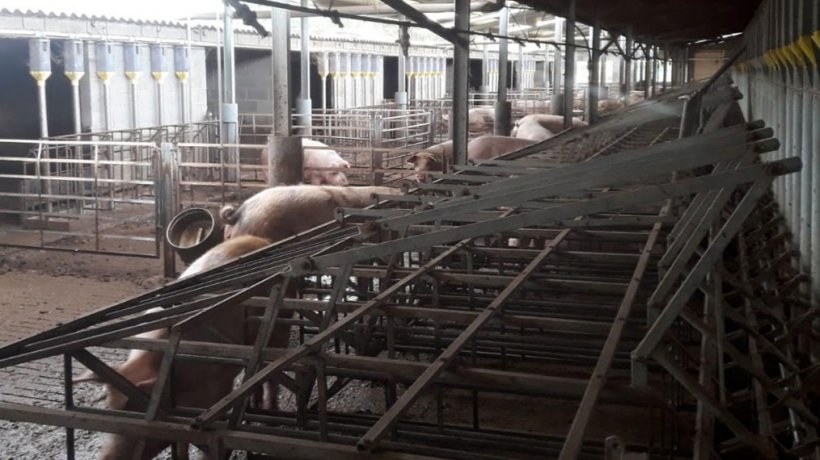
Figure 3. Kind of pens available on the farm.
Emergence of the case
September 2016: fertility has worsened batch after batch since week 26.
On our visit to the farm, we see that the weaning-to-service interval (WSI) has remained the same during the summer months, and this fits in with the farrowing house staff's remarks, that the sows have followed, without problems, the feeding curve during the lactation period and that they showed a good return to oestrus after weaning. Fertility has not changed as of day 24, but there was an increase in acyclic returns, so we decided to use ultrasounds for the second time on day 33 of gestation in a pen with sows diagnosed as pregnant at day 24. We did not only detect empty sows, but also, the negative sows lied very close to each other in the group pens, and this did not surprise the gestation manager, that mentioned that he had seen, many times, embryo losses in sows in the same subgroup (Figure 5).
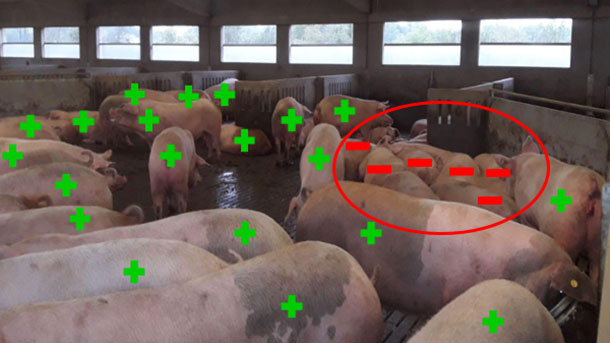
Figure 5. Example of pregnancy diagnosis results on day 33.
Study of the returns: leptospirosis?
The problem had an 'infectious' appearance, although the negative sows showed no clinical signs and hadn't stopped eating a single day since they were housed in groups, so it was difficult to include, in our differential diagnosis, diseases that could cause indirect abortions (due to fever, for example).
We took blood samples from positive sows at day 33 of gestation (green, Table 1), negative sows at day 33 (orange, Table 1) and sows that were removed from the group because of detected embryo losses (red, Table 1). Because it was historically thought that this could be a case of leptospirosis (in the previous 4 years they had had exactly the same drop in the FR in July-August-September (Figure 6)), a microagglutination (MAT) serology test was requested, but there were no positive results nor differences between the groups of sows (Table 1).
Tabla 1. Muestreo realizado por tipo de cerda y resultados.
| Sanple reference no. | Leptospira MAT | |
|---|---|---|
| 1 | B 3520 | - |
| 2 | B 3404 | Bratislava 1/30 |
| 3 | B 4152 | Bratislava 1/30 |
| 4 | B 4136 | Bratislava 1/30 |
| 5 | B 3512 | Bratislava 1/30 |
| 6 | B 4130 | Bratislava 1/30 |
| 7 | B 4443 | - |
| 8 | B 3672 | Bratislava 1/30 |
| 9 | B 4418 | Bratislava 1/30 |
| 10 | B 4434 | - |
| 11 | B 3661 | Bratislava 1/30 |
| 12 | B 3480 | Bratislava 1/30 |
| 13 | 100713 | Bratislava 1/30 |
| 14 | 404550 | Bratislava 1/30 |
| 15 | B 3675 | Bratislava 1/30 and Icterohaemorrhagiae 1/30 |
| 16 | B 3399 | Bratislava 1/30 |
| 17 | B 4294 | Bratislava 1/30 |
| 18 | B 4602 | Bratislava 1/30 |

Figure 6. Farrowing rate in the 2013-2018 period.
The problem solved itself: seasonal infertility?
Before having the slightest suspicion of what could be happening, and without making changes in the management nor giving medications at all, fertility in October almost reached 94%, just the same as in November and December. The problem solved itself, but it looked like we would have to deal with it again, so we had to formulate other hypotheses that justified the historical drop in the FR corresponding to the summer matings.
It was increasingly stranger to think that an infectious agent arrived punctually on week 28, year after year, to increase the % of acyclic returns, so we read articles that contained the words: circadian rhythm, circannual rhythm, melatonin and seasonal infertility.
There are several reproductive problems related to seasonal infertility in pigs: increase in the WSI, decrease in the farrowing rate, delayed puberty and, although with a lower agreement, decrease in the number of total born piglets. The environmental and management factors that facilitate their appearance are clearly summarised by Prof. Olli Peltoniemi and Juha Virolainen in Seasonality of reproduction in gilts and sows (Figure 7).
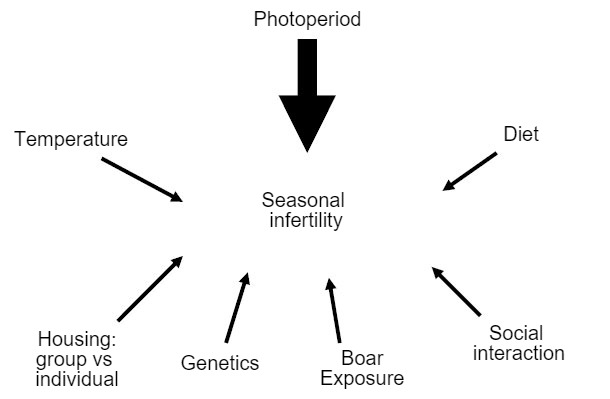
Figure 7. Factors with an influence on the emergence of seasonal infertility.
Photoperiod plays an important role in seasonal infertility. The sows' hypothalamus receives information about the daylight hours through the time and concentration of melatonin in blood, and it decreases or increases the GnRH pulses and their intensity. After 6-8 weeks of long days with a decreasing photoperiod (July-August-September in our latitude), the GnRH pulsatiliy starts to drop, and therefore also that of LH and FSH, and the progesterone levels decrease. That the progesterone levels drop until gestation is lost will depend on the interaction with the rest of the factors. Of all them, the ones that were different on our farm with respect to others with the same genetics and management were: the feeding system and a greater social interaction encouraged by housing the sows in groups after mating. It was here where we implemented the changes in summer 2017.
Changes implemented the following summer, in 2017
As of week 24, the sows were housed in the gestation pens with an energy feeding curve of energy for maintenance + 60%, and they had beet pulp ad libitum from the end of their oestrus until day 40 of gestation.
The improvement in the FR in the difficult months was by 15% (Figure 8). The implemented measures had kept at bay the acyclic returns in July and September, but were inadequate during two weeks in August, when acyclic returns left fertility at 70%. We were satisfied with the global results, and although there was room for improvement, we still did not know how to do it.
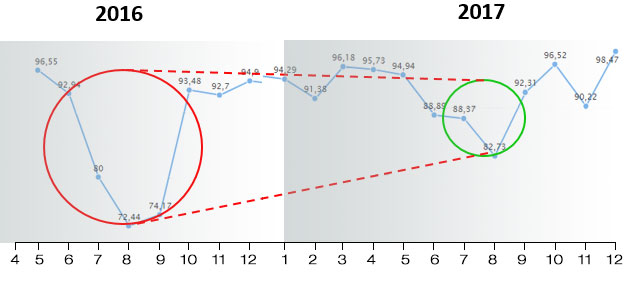
Figure 8. FR improvement, years 2016-2017.
More changes in summer 2018
2018 came with a PRRS virus that reduced the FR drastically in the first semester, so in order to save the year we needed, more than ever, a good FR in the summer matings. As of week 24 we implemented the same measures as in 2017 (energy for maintenance + 60% and beet pulp ad libitum). July started with good fertility results on day 24, but they dropped on day 33. Then, the farm manager made a remark: during all the July weeks, the sows had been housed in pens with ESF stations for 80 sows, so it had been necessary to mix batches to complete the groups. Could the mixing of animals and the queues to gain access to the machines cause the extra stress needed to reduce the progesterone levels and increase the acyclic returns?
In order to answer this question, as of week 31 the sows were housed, at the end of their oestrus, in pens with 20 sows and individual feed dispenser. In this way, there would be a single hierarchisation and we would be able to feed all the sows at the same time. Also, as of week 35 we introduced a vasectomised boar in the sow group to reduce aggressions and maybe reach higher progesterone levels. The results of both changes in management were spectacular (Figure 9), and during August-September and October the results were better than in 2017. We are looking forward to summer 2019!
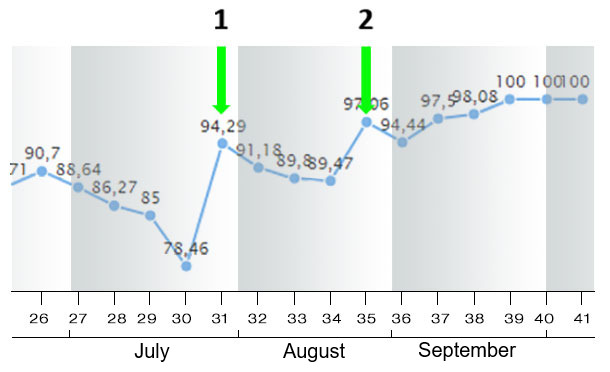
Figure 9. Farrowing rate in in July-August-September 2018 (by week).
Conclusions
Following the same management all year round can lead to different results.
We are working with a seasonal animal, and this forces us to make different things depending on the environmental conditions to keep the same reproductive indices all year round.
It wouldn't have been possible to understand that we were facing a seasonal infertility case and to solve it without the excellent team that works on this farm: Enric Marco and Olli Peltoniemi: Many thanks for your help!









